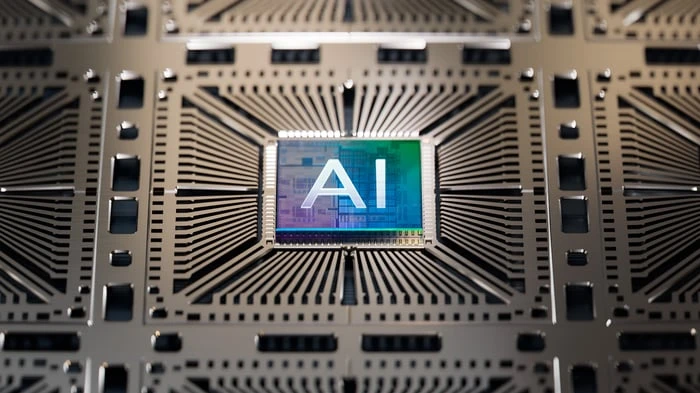Contents
Investing in Broadcom: A Journey from $10,000 to Nearly a Million
Imagine investing just $10,000 in Broadcom, known as Avago Technologies back in 2009, when it first went public. If you held onto those shares without selling, you’d be nearing a million-dollar portfolio in just 15 years. While Broadcom’s future performance might not mirror the past, it still holds significant potential to be a lucrative investment.
The Rise of Broadcom in the AI Era
Broadcom’s Position in the AI Landscape
Though Nvidia has been the standout beneficiary in the early stages of artificial intelligence (AI) infrastructure development, Broadcom is strategically poised to emerge as a prominent player too. In fact, Broadcom has been actively revising its AI revenue forecasts upwards throughout the year. Initially, the company projected $7.5 billion in AI revenue for 2024, later adjusting this figure to $10 billion, then $11 billion, and finally $12 billion after the latest quarter.
Contributions to AI Infrastructure
Broadcom is instrumental in constructing AI data-center infrastructure through two primary channels: networking components and custom chips.
Networking Components
On the networking front, Broadcom designs various components crucial for constructing graphics processing unit (GPU) clusters. These clusters consist of interconnected computers functioning as a single system, each equipped with GPUs. Such supercomputer GPU clusters are vital for training AI large language models (LLMs).
Though GPUs garner significant attention due to their increasing deployment in clusters, other components are equally essential. Broadcom supplies switches and network interface cards (NICs), integral for cluster construction. Switches facilitate direct communication between devices, manage data flow, and prevent network congestion. NICs, on the other hand, connect computers to networks, enabling communication with other networked computers.
As GPU clusters expand, Broadcom anticipates that Ethernet switches will become central to managing AI workloads and data transfer between GPUs.
Competition and Future Prospects
Despite facing competition, notably from Nvidia’s InfiniBand technology and Intel’s Omni-Path, Broadcom remains confident that Ethernet will dominate among hyperscalers by mid-2025. A potentially more significant opportunity for Broadcom lies in designing custom AI chips, known as application-specific integrated circuits (ASICs), for clients.
Custom AI Chips: A Growing Market
Broadcom’s journey in custom AI chips began with Alphabet, assisting in developing tensor-processing units for AI workloads. This year, Broadcom added two more prominent customers, believed to be Meta Platforms and ByteDance, TikTok’s owner. Reports also suggest that OpenAI is in talks with Broadcom for developing its own custom AI chip.
Broadcom’s ASICs offer customers the flexibility to tailor chips to their unique computing and power requirements, positioning Broadcom as a leader in this burgeoning market. With increasing AI capital expenditure budgets, Broadcom is well-situated to capture the next wave of AI infrastructure expansion: custom AI chips.
Considering an Investment in Broadcom
Broadcom is at the forefront of the custom AI chip revolution, a market brimming with potential where it leads the ASIC space. From a valuation standpoint, Broadcom trades at a forward price-to-earnings (P/E) ratio of approximately 26, based on next year’s analyst projections. Given the growth prospects, this valuation appears reasonable.
Is Now the Time to Invest?
Broadcom’s potential to leverage custom AI chips and advanced networking opportunities positions it as a strong contender for becoming the next big AI success story, possibly even a millionaire maker.
Additional Investment Insights
Before you decide to invest in Broadcom, consider this: The Motley Fool Stock Advisor analyst team has recently pinpointed what they believe to be the top 10 stocks for investors to buy now, and Broadcom wasn’t on that list. The selected stocks are anticipated to deliver substantial returns in the upcoming years.
Reflect on the success of Nvidia, which was recommended on April 15, 2005. A $1,000 investment at that time would have grown to $710,860 by now.
The Stock Advisor service offers investors a clear blueprint for success, providing guidance on portfolio building, regular analyst updates, and two new stock picks monthly. Since 2002, the Stock Advisor has more than quadrupled the S&P 500’s return.





